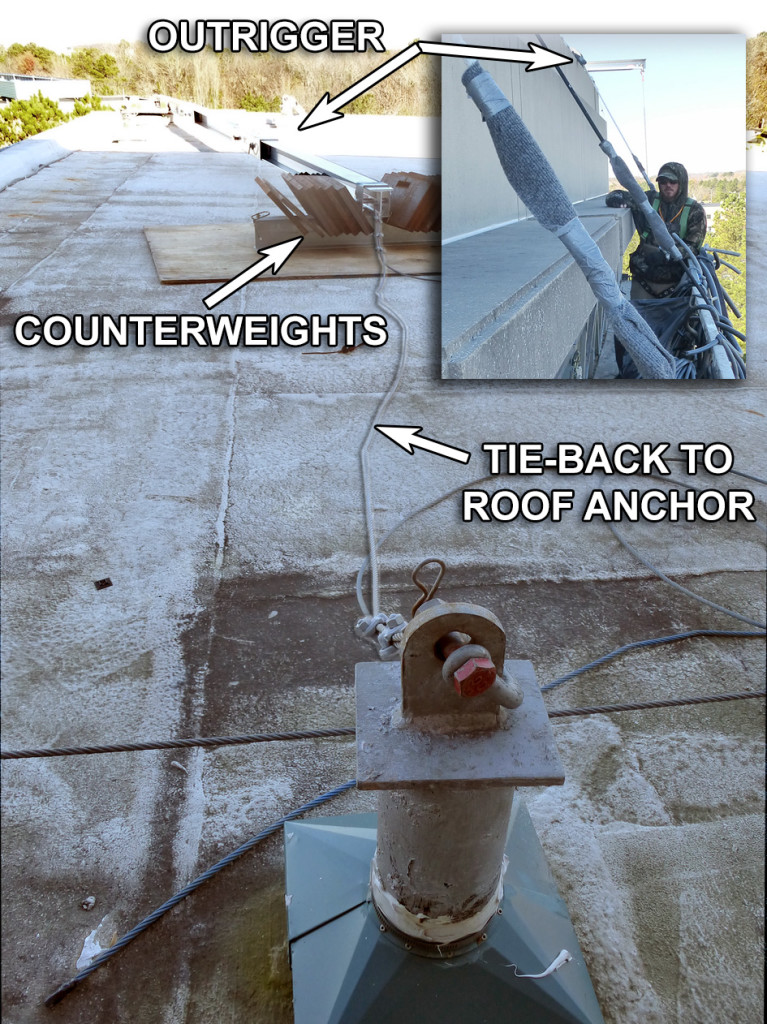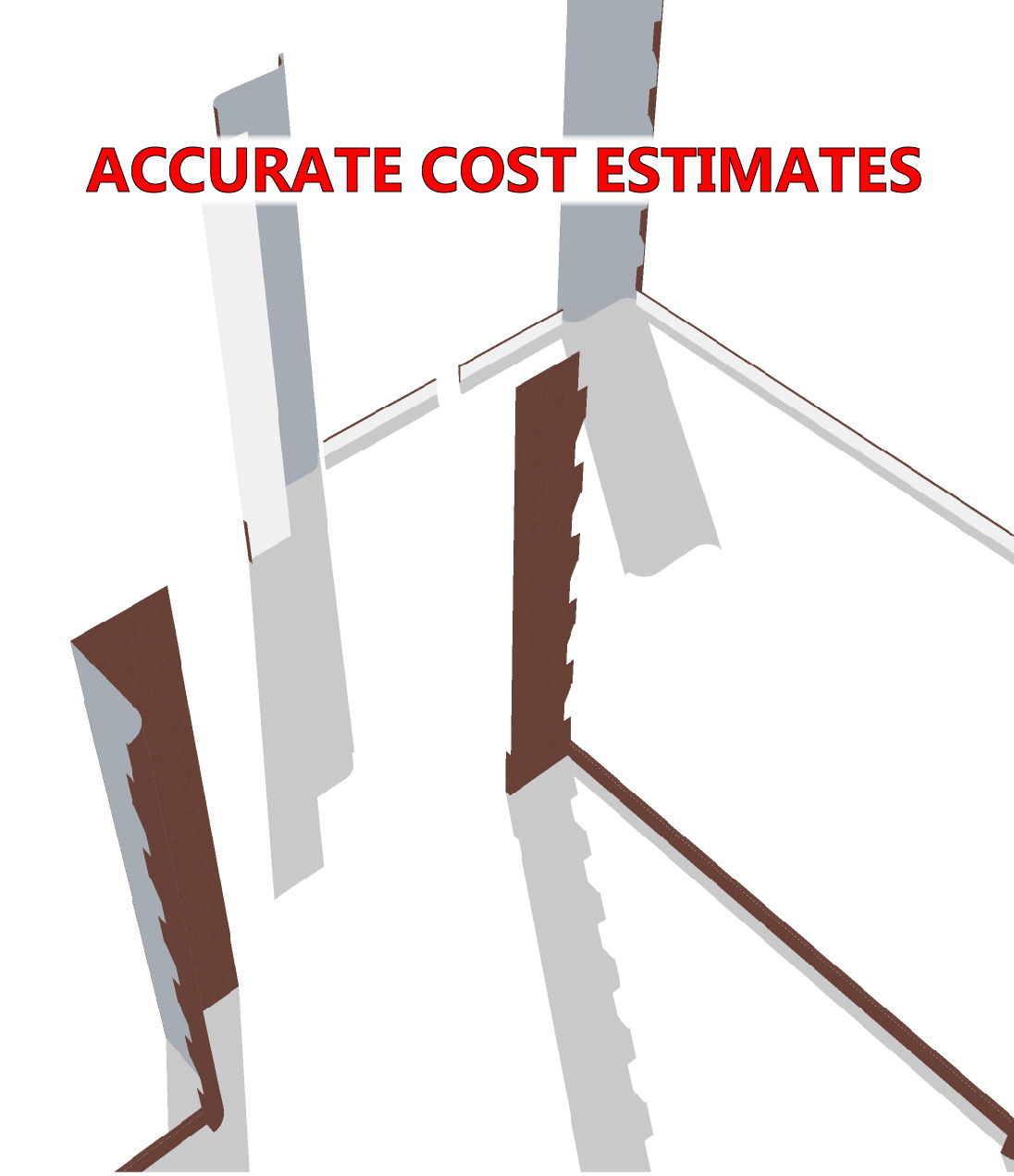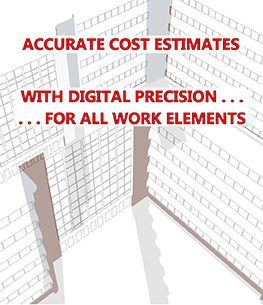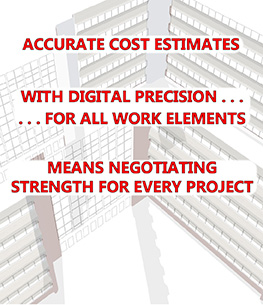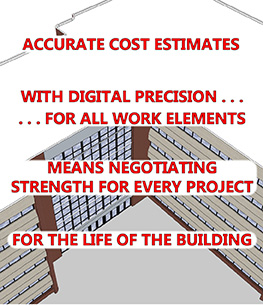TIE-BACK FOR FALL ARREST ON BUILDINGS NOT EQUIPPED WITH ROOF ANCHORS
The best way to secure life lines and to “tie-back” parapet hooks and other work platform suspension hardware is with anchors securely fastened to the building that are designed specifically for the purpose.
Operations are safely accomplished on buildings not so equipped by rigging “tie-backs” to existing building structures that meet all OSHA requirements. These are specified in “Regulations (Standards – 29 CFR) Personal Fall Arrest System (Section I – Mandatory; Sections II and III – Non-Mandatory) – 1910.66 App C”.
The regulation takes into account the fact that many buildings weren’t built with anchorage points installed for the purpose of supporting work platforms and work on those buildings must still be accomplished. The following paragraph is from the final section of the regulation, section “III”:
(h) “Tie-off considerations.” (1) One of the most important aspects of personal fall protection systems is fully planning the system “before” it is put into use. Probably the most overlooked component is planning for suitable anchorage points. Such planning should ideally be done before the structure or building is constructed so that anchorage points can be incorporated during construction for use later for window cleaning or other building maintenance. If properly planned, these anchorage points may be used “during” construction, as well as afterwards.
Paragraph (h) states the ideal, a condition that exists in a small fraction of existing buildings in the United States. The paragraphs that follow therefore gives guidelines for rigging life line tie-offs and scaffold support tie-backs to available structures. Paragraph (4) reads:
“Tie-off of a rope lanyard or lifeline around an “H” or “I” beam or similar support can reduce its strength as much as 70 percent due to the cutting action of the beam edges. Therefore, use should be made of a webbing lanyard or wire core lifeline around the beam; or the lanyard or lifeline should be protected from the edge: or free fall distance should be greatly minimized.”
Further guidelines are given for buildings that aren’t equipped with anchors installed for the purpose of supporting work platforms. Most buildings include numerous structures on the roof suitable for tie backs that meet or exceed the requirements specified in the regulation.
